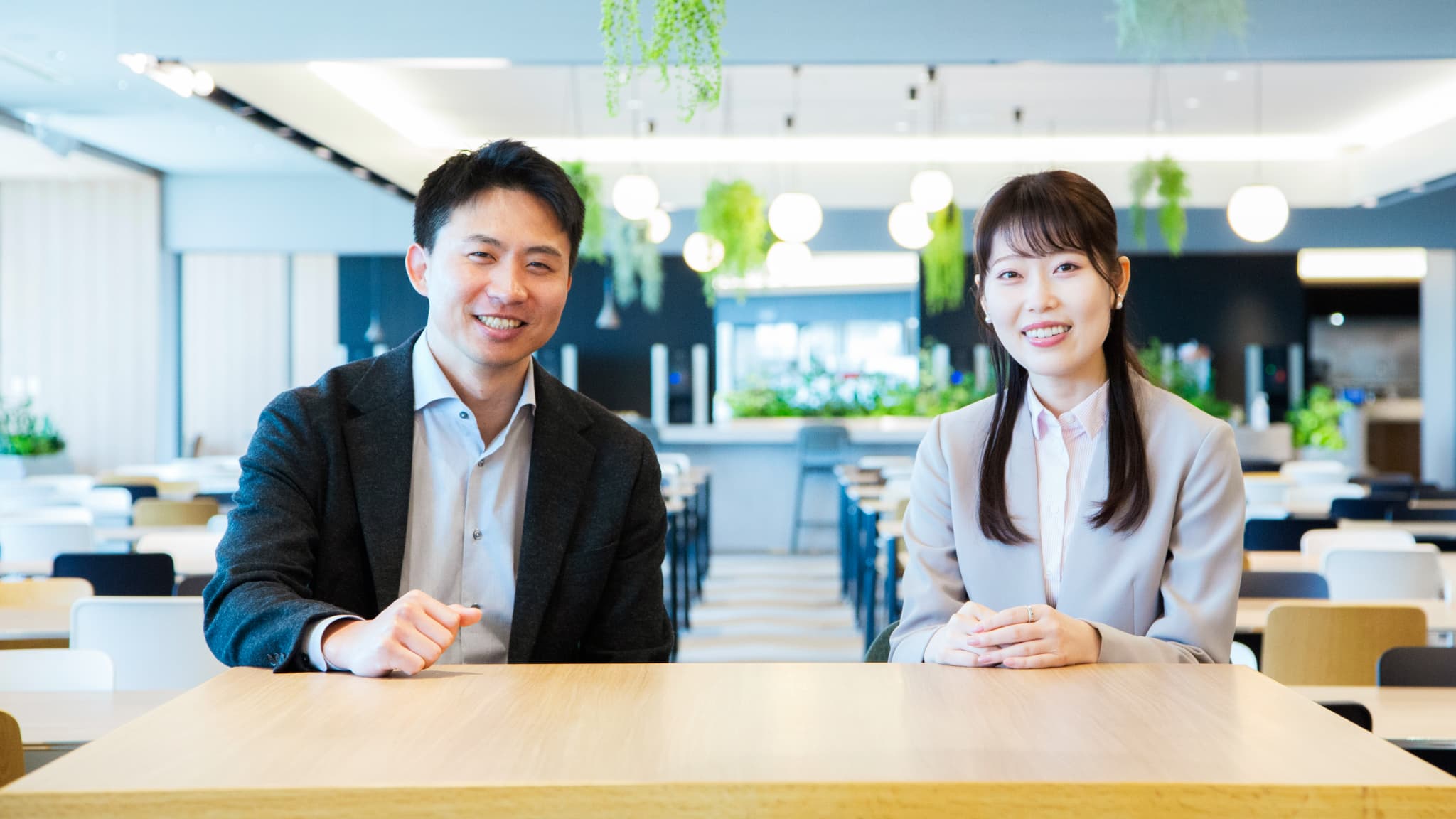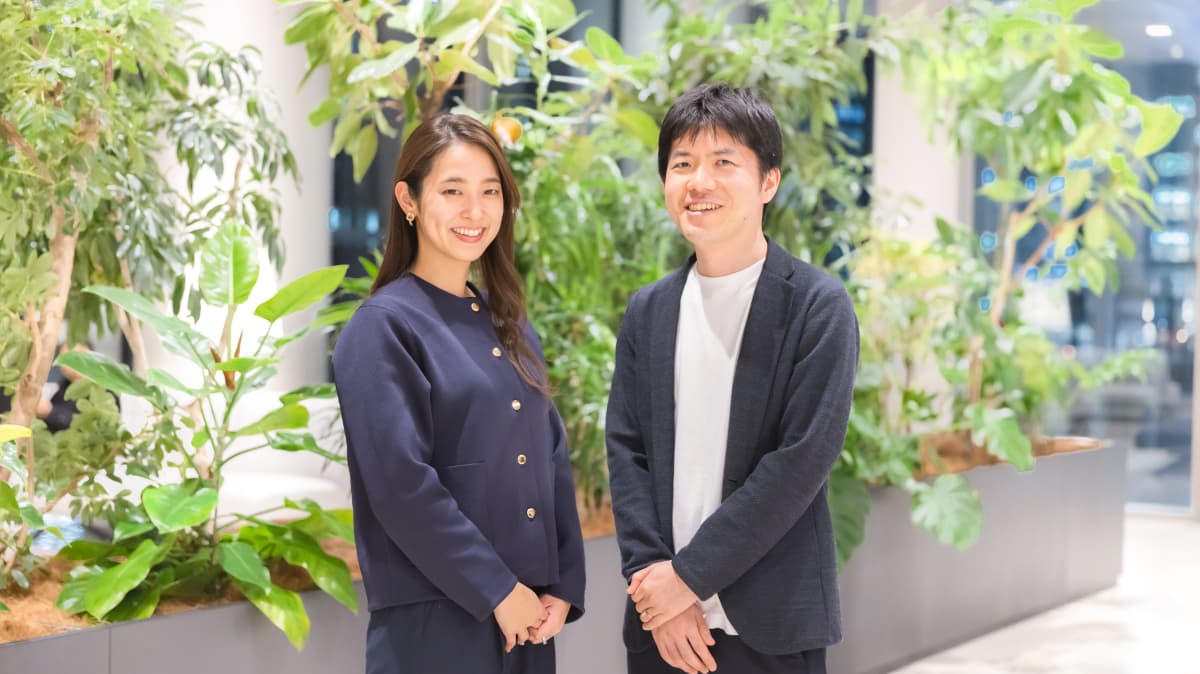
- TOP
- Enriching+TOP
- "That’s quality sugarcane!" A Sumitomo Corporation Employee’s 30-year Dedication to Sugar: Cultivating Sugarcane on Tanegashima Island
2024.6.6
Culture
"That’s quality sugarcane!" A Sumitomo Corporation Employee’s 30-year Dedication to Sugar: Cultivating Sugarcane on Tanegashima Island
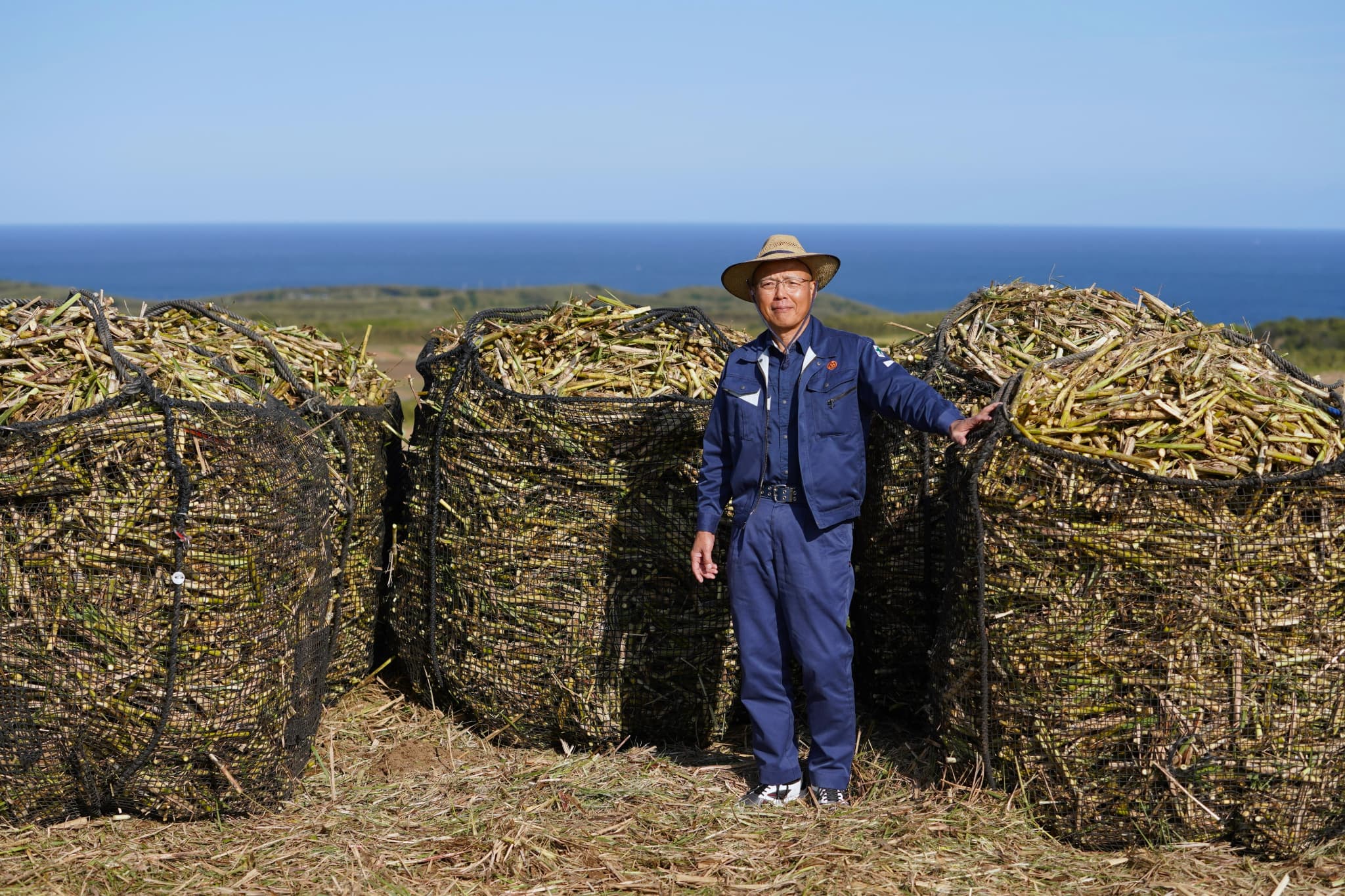
Shinko Sugar Mill produces raw sugar from sugarcane, the main material for refined sugar. Hiroyuki Maeda is the first Shinko Sugar Mill president from Sumitomo Corporation. He relocated from Osaka, where Shinko Sugar Mill is headquartered, to Tanegashima Island where the company owns a sugar mill. Here he rents a field where he cultivates his own sugarcane, and never misses a chance to interact with local islanders. We visited Tanegashima Island during the sugar harvest season to hear his thoughts on working in the island's key industry, and his message to the next generation.
-

President, Shinko Sugar Mill Co. Ltd.
Hiroyuki Maeda
Joined Sumitomo Corporation in 1986. Initially assigned to the Consumer Products Accounting Department (Tokyo), in 1990, he was transferred to the Sugar Department (Tokyo) and became a sales representative, realizing a long-standing dream. In 2000, he was transferred to Shinko Sugar Co., Ltd. and GM, Planning Department, Shinko Sugar Mill Co., Ltd. (Osaka). Having served as General Manager of the Sugar & Beverage Ingredients Department in 2011 and General Manager of the Basic Foods Group at SC Foods in 2016, Maeda has been in his current position since 2019.

- Shinko Sugar Mill, the Leading Sugar Producer on Tanegashima Island
- Born in Accounting, Raised on Sugar: Embracing a Business Career with Passion
- The First President Stationed on the Island: Sugarcane Cultivation and Valued Dialogue with Employees
- Curbing Decline in Cultivated Acreage by Introducing New Varieties and Added-Value Byproducts
- A Word of Advice to the Next Generation: "Enthusiastic Amateurs Outperform Professionals"
Shinko Sugar Mill, the Leading Sugar Producer on Tanegashima Island
Tanegashima Island, where vibrant, colorful tropical fruits and abundant crops are harvested, is also a frequent target of typhoons. Shinko Sugar Mill is the only sugar mill on the island.

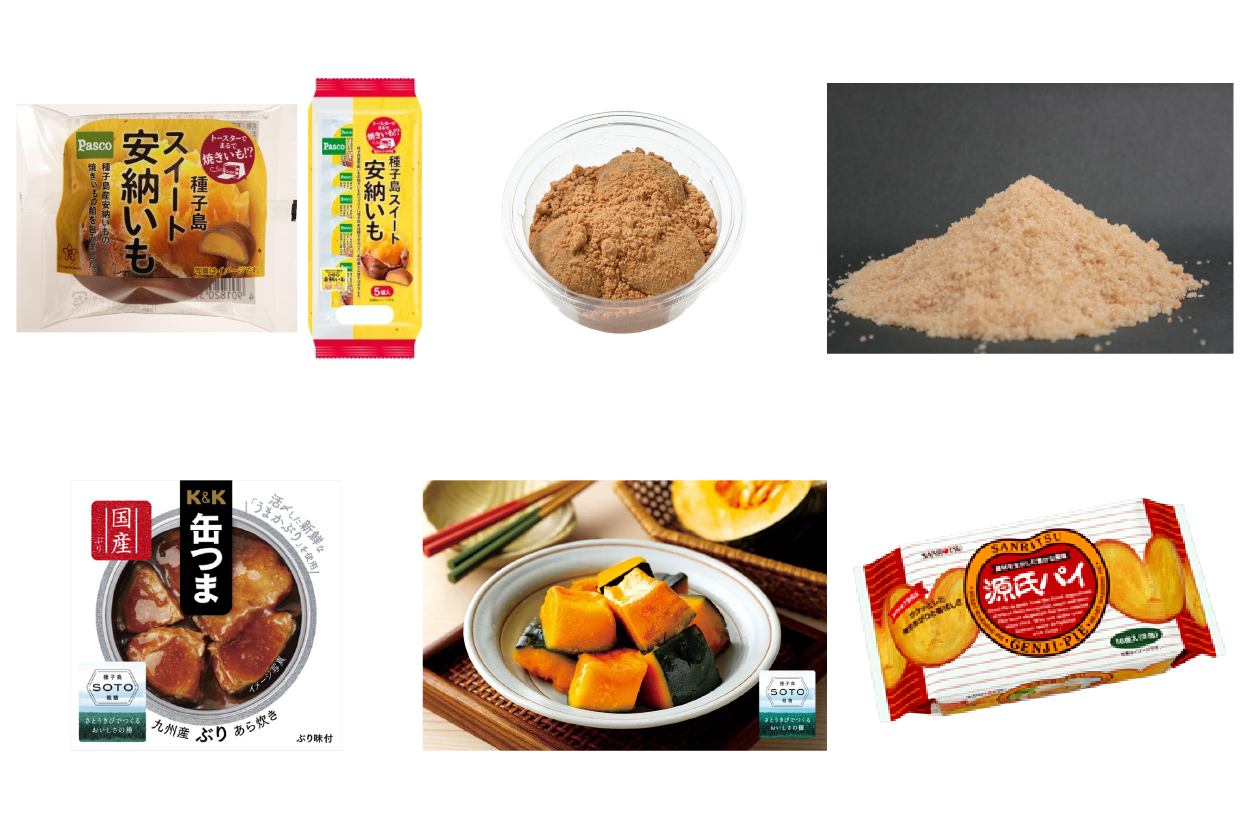
Courtesy of SC Foods
Shinko Sugar Mill's main product is raw sugar, which is made from sugarcane purchased from local farmers that is pressed while fresh and boiled down to extract only raw sugar crystals. This raw sugar is refined by Nissin Sugar(Renamed to WELLNEO SUGAR in October 2024), a member of the Sumitomo Corporation Group, and sold at retail stores across Japan as Cup brand refined sugar, while Tanegashima Raw Sugar SC is packed into 20-kg paper bags and sold to manufacturers of bread, confectioneries and more by SC Foods, another Group company.
Born in Accounting, Raised on Sugar: Embracing a Business Career with Passion
Expecting to be assigned to the business department, Maeda's initial assignment was to the Consumer Products Accounting Department, where he was in charge of sugar and wheat accounting. His dream wasn’t fulfilled, but he diligently kept at his work.
At one point, noticing a lag in the delivery of paper slips from the business department to the accounting department, he decided to go to chase up the slips himself, going to the trading department and asking directly. Over time, his reputation as a hard worker spread through the company and in 1990, his dream was finally fulfilled when he was transferred to the Sugar Department (now the Food Distribution Unit). This is how Maeda began a career in the sugar business that led to Tanegashima Island.


In 2000, Maeda was appointed manager of the Shinko Sugar Mill planning office (Osaka). Maeda was GM of the Sweeteners & Beverages Department from 2011 to 2016, when the acreage of sugarcane cultivation on Tanegashima Island reached a 15-year peak. However, afterwards the cultivation average steadily declined year-on-year. As the largest industry on Tanegashima Island, this had a major impact on the lives of the islanders. At this point, Maeda was contacted to take over the position.
Maeda was approached by his general manager, who sensed an impending crisis. "How would you feel about coming to Tanegashima Island as president of Shinko Sugar Mill?" he said, offering Maeda a post on the island some 40 kilometers off the southern tip of Kyushu. "Sure!" was Maeda’s reply, accepting the offer without a moment’s hesitation.
"Even realizing this would be a solo assignment, my family didn’t object. I was concerned there wouldn’t be any houses available for rent on Tanegashima Island, but learned there was a new apartment building going up, scheduled for completion in the spring of 2019. That building became the company housing where I still live today," Maeda recalls.
This is how Maeda became the first Shinko Sugar Mill president to be actually stationed on Tanegashima Island.
"One thing has changed since I came to the island: I make a point of walking one hour every day, because we live in such a car-centric society. I’ve also started making my own lunches, as there isn’t a cafeteria at work, and most people bring their own. I’ve gotten pretty good at making dashimaki tamago (rolled omelet), and I consciously make my lunch boxes colorful," Maeda says.
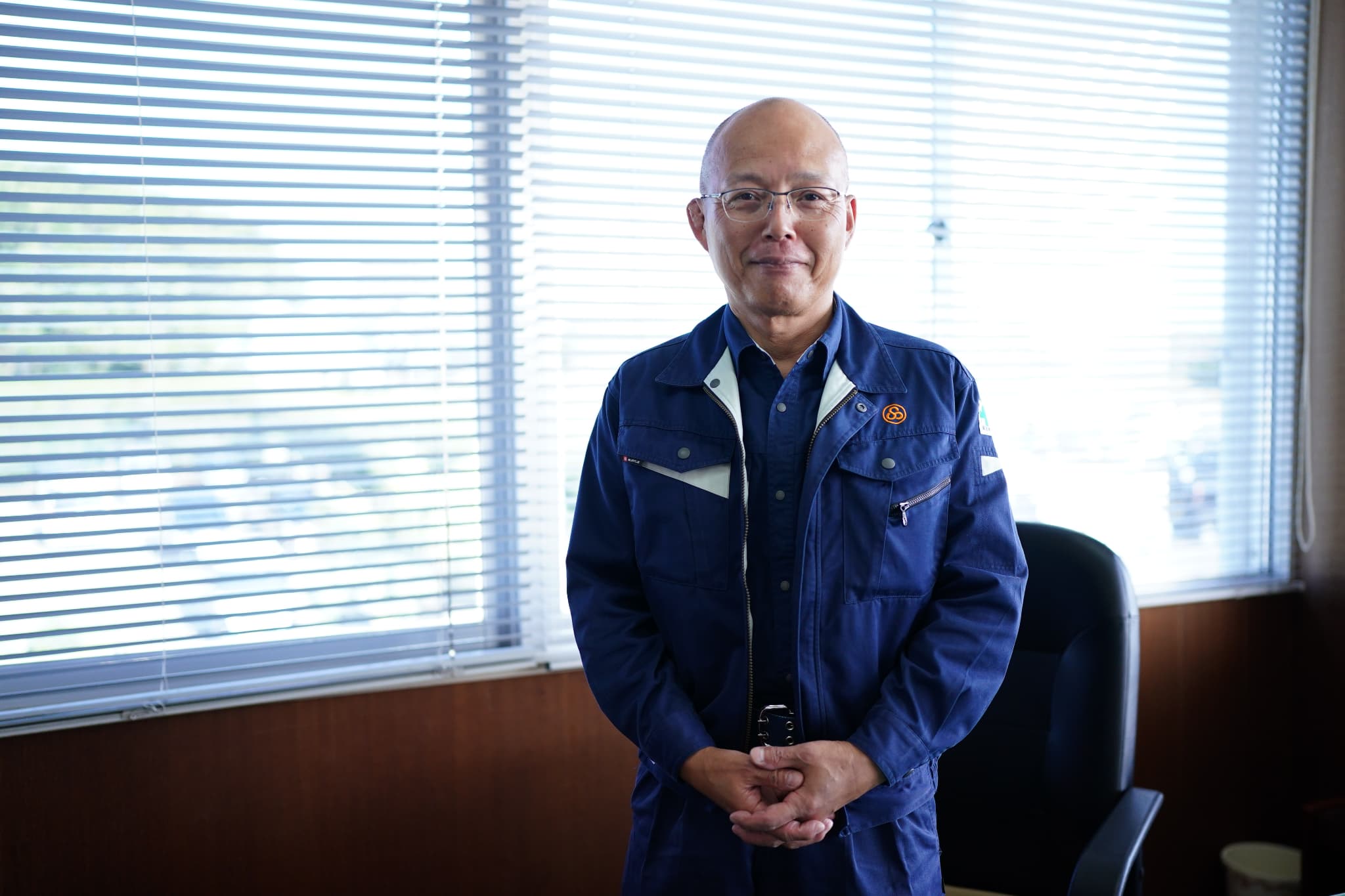
The First President Stationed on the Island: Sugarcane Cultivation and Valued Dialogue with Employees
Maeda's first task as president was to interview employees. He began by learning the names and faces of his employees and, through repeated conversations, gained an understanding of their individual situations – the nature of their work and any issues they faced in the workplace. Some employees said they thought he would be more imposing. "You gain nothing by being intimidating," laughs Maeda.

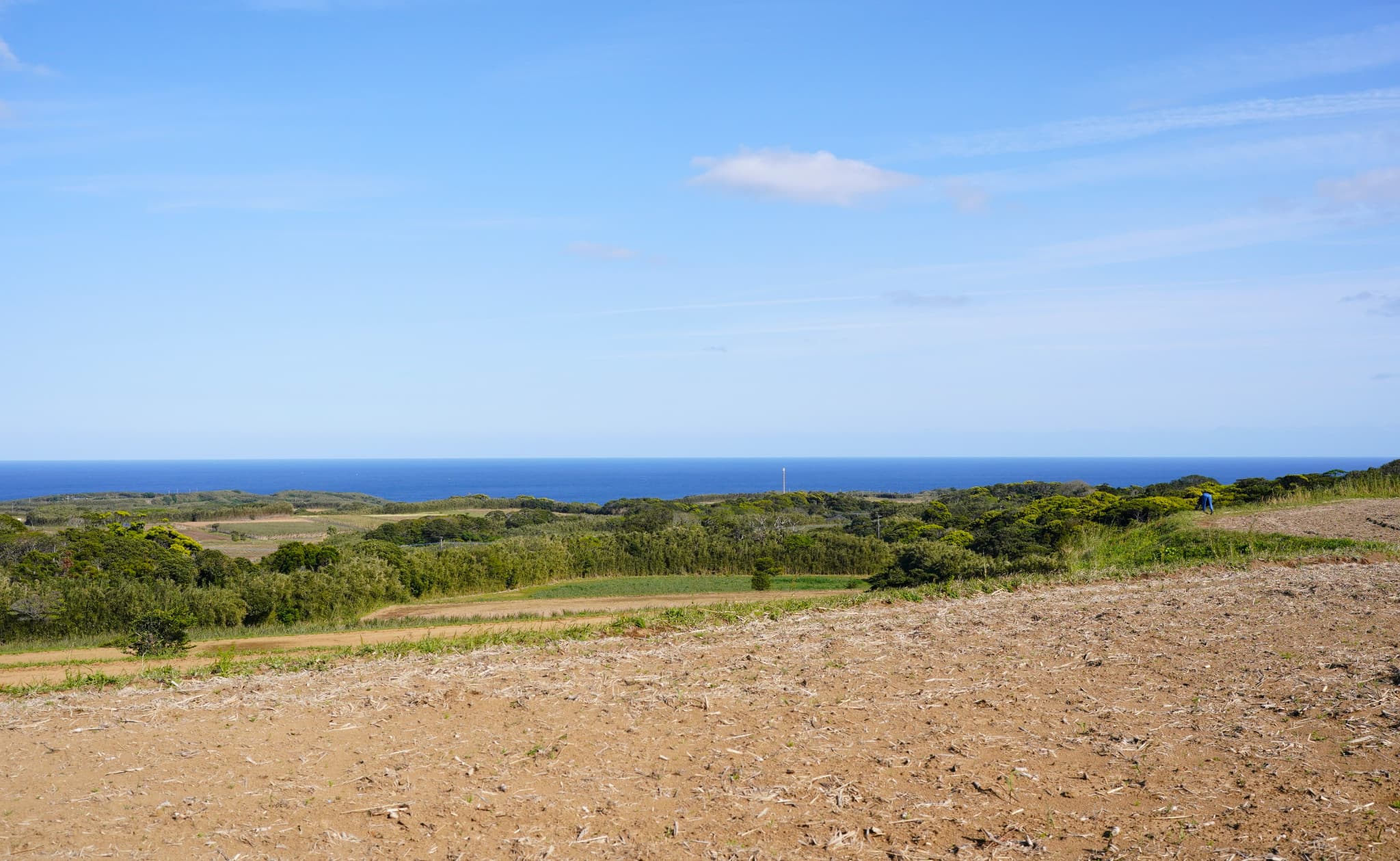
While interviewing seasonal employees who work at Shinko Sugar Mill during the busy December to April season, Maeda was thanked by a veteran male employee who expressed his surprise at his new boss’s willingness to meet seasonal workers (in addition to full-time employees). "Thank you very much," he said, with surprise.
But as Maeda says, "We are colleagues who work together; it's only natural that I should talk to them." He makes a point of interacting with every employee regardless of their role.
Maeda takes sugarcane production seriously and rented a field near his home the year after he arrived on Tanegashima Island to begin cultivating sugarcane. "It's not about principles or policies. You have to do it yourself. No matter how small the field is, if you’re growing your own sugarcane, you’re that much better suited to speak with farmers about how crops are doing each year."
The field Maeda rents is close to the agricultural cooperative's collection center, and his field work attracts some attention from local islanders. One day, he had a pleasant surprise. "An elderly man driving by the field said to me, 'You've been working hard since early morning. Now that’s quality sugarcane!'" Maeda laughs as he recalls being praised for the sugarcane he worked hard to grow.
Curbing Decline in Cultivated Acreage by Introducing New Varieties and Added-Value Byproducts
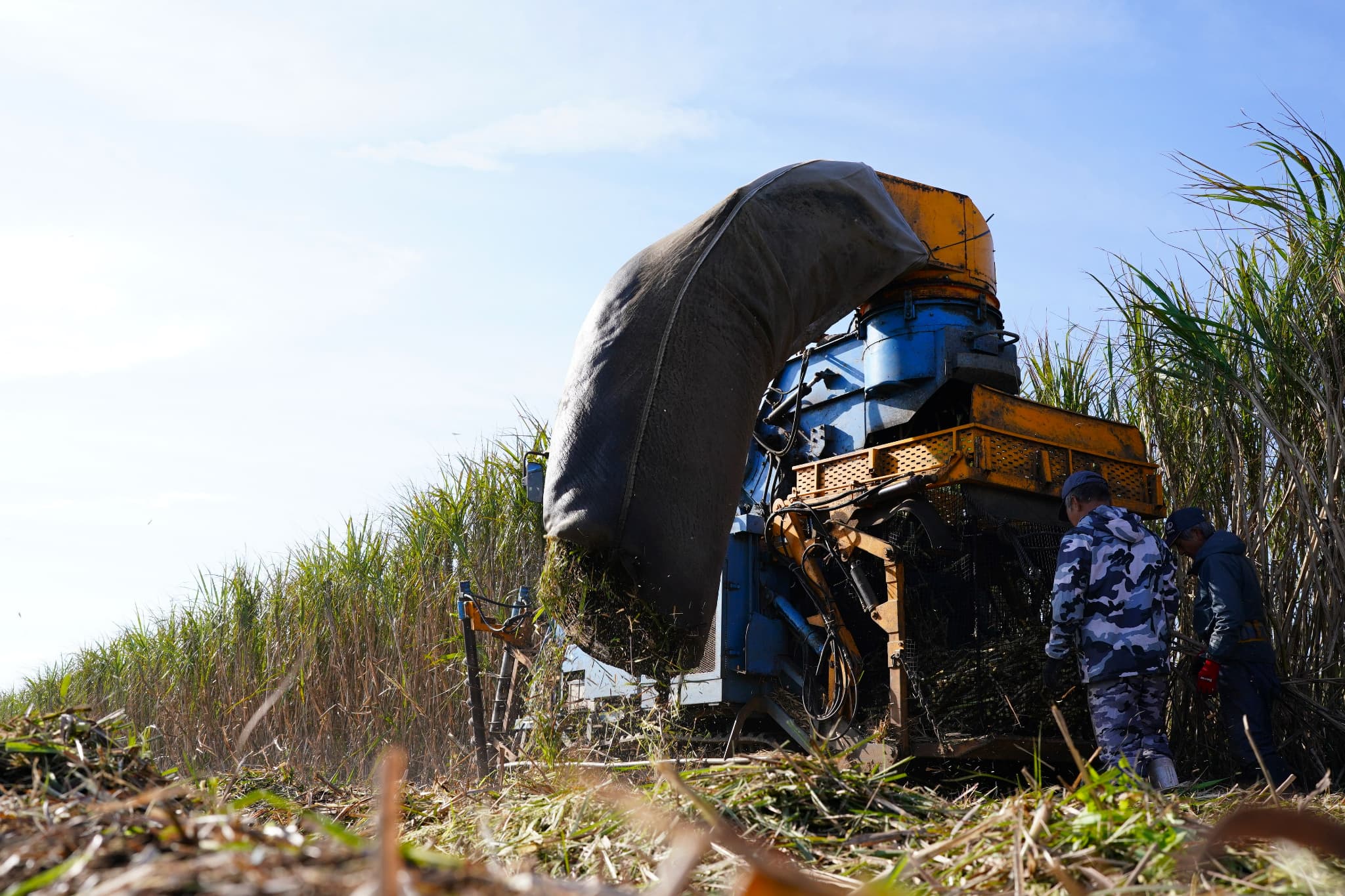
On Tanegashima Island, which was facing a decline in the cultivated acreage of sugarcane, the development of a new variety, "harunoogi," had been underway prior to Maeda’s arrival. In addition to being suitable for machine harvesting, it also produces a higher yield, which translates to an increase in farmer revenues. With the cooperation of related organizations, the new variety was registered and distributed to producers as quickly as possible. Subsequently, the cultivated acreage of sugarcane, which reached a record low of 2,125 hectares in the 2019–20 period, began to increase.
Shinko Sugar Mill also worked to add value to byproducts. The development of a resource circulation model has been in progress on Tanegashima Island for many years now, with sugarcane bagasse being used as bedding for livestock and in compost. Maeda reiterates, "The first priority is to return the byproducts of sugar production to the fields. Any surplus goes into the manufacture of high-value-added products that enrich the community."
With an eye toward making Tanegashima Island carbon neutral, Maeda also dreams of manufacturing biodiesel using molasses (another byproduct of sugarcane production), which could in turn be used to partially fuel aircraft that fly to and from the island.
A Word of Advice to the Next Generation: "Enthusiastic Amateurs Outperform Professionals"
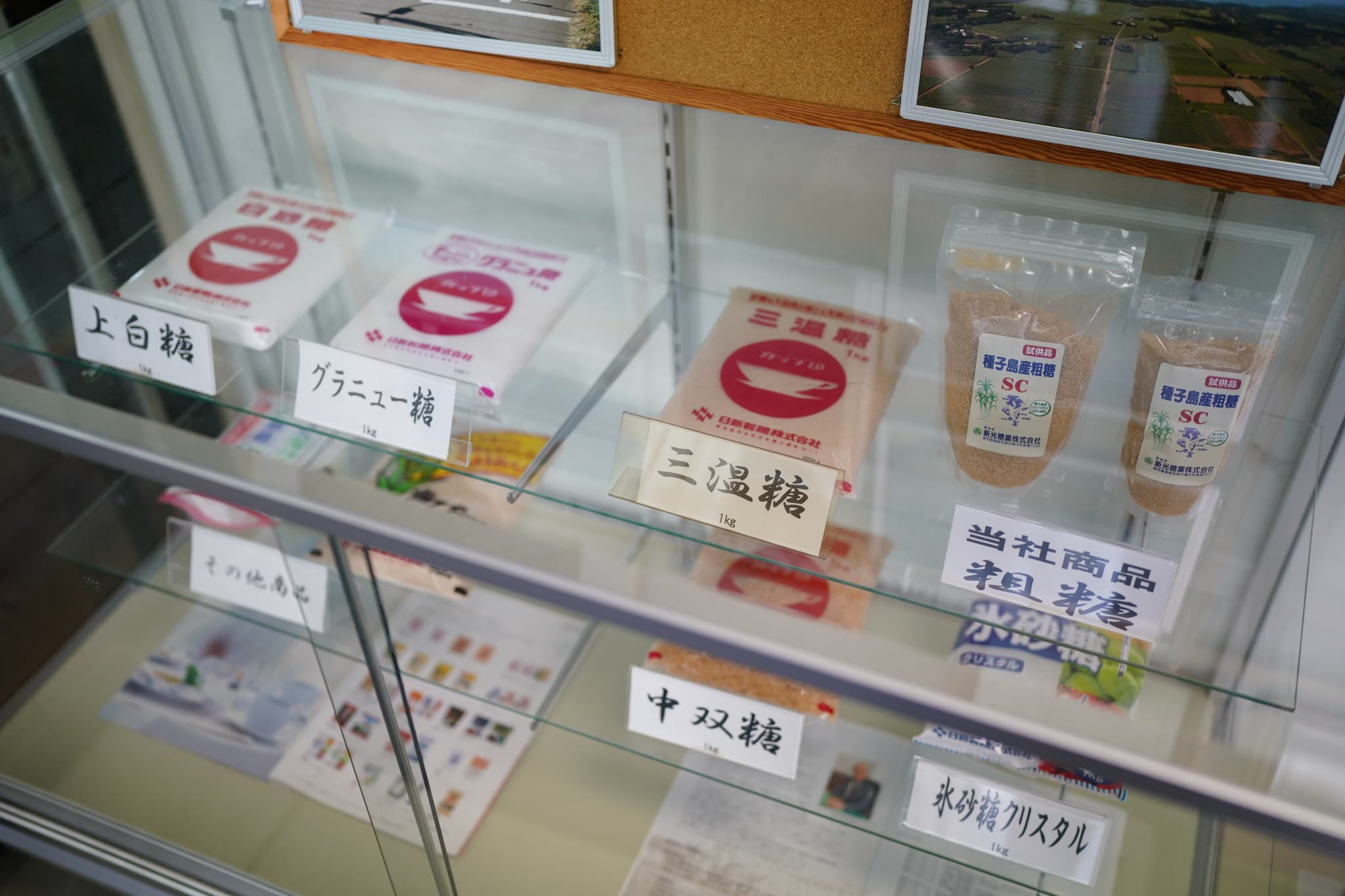
Maeda was not very good at preparing financial statements when he first joined the company, but when he moved to the business department, his accounting experience came in handy in understanding his clients and applying for credit.
Maeda says, "There isn’t a single department at Sumitomo Corporation that’s superfluous. I hope new employees will find the job that is right for them. Everyone’s an amateur at first. When I was a rookie, I often heard the saying, 'enthusiastic amateurs outperform professionals.' Becoming familiar with the industry through trading activities will be very useful when making business investment decisions."
Finally, we asked Maeda why he chose to join a trading company: "Basically, I like people. Because trading companies both buy and sell, we meet twice as many people as manufacturers. A simple equation, right?"
Looking ahead, Maeda says, "I want to give back to the food industry that has been so good to me. I hope I can help train the younger generation, both in-house and outside the company."
A trading company employee who finds business opportunities and a true thrill in his work through interpersonal relationships: Hiroyuki Maeda fits this description perfectly.




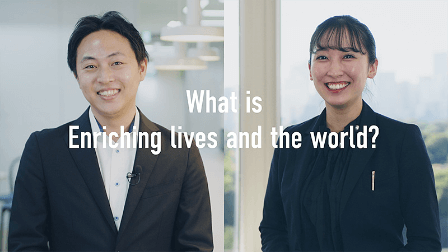



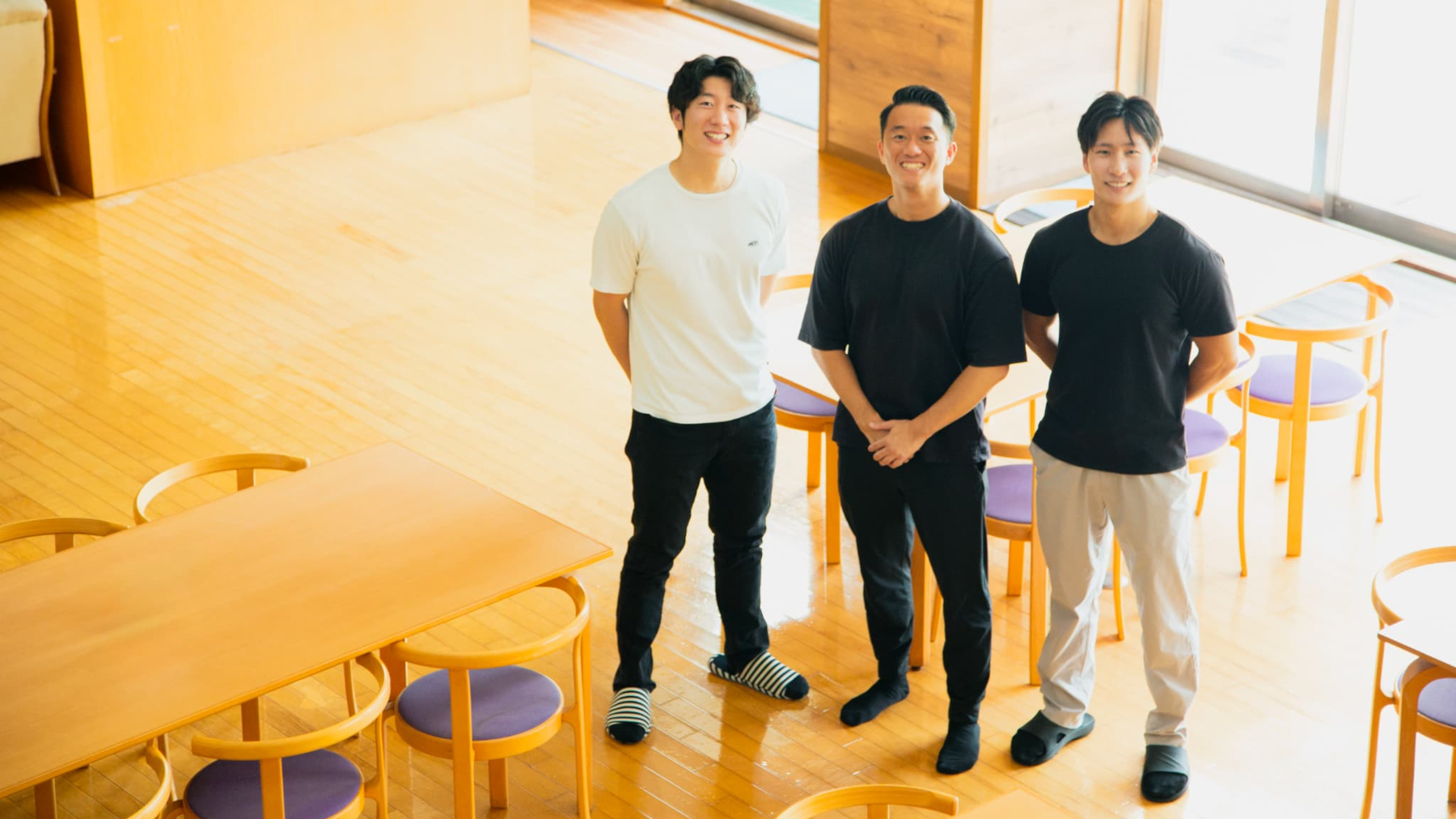
.png?h=720&iar=0&w=1280&sc_lang=en)

